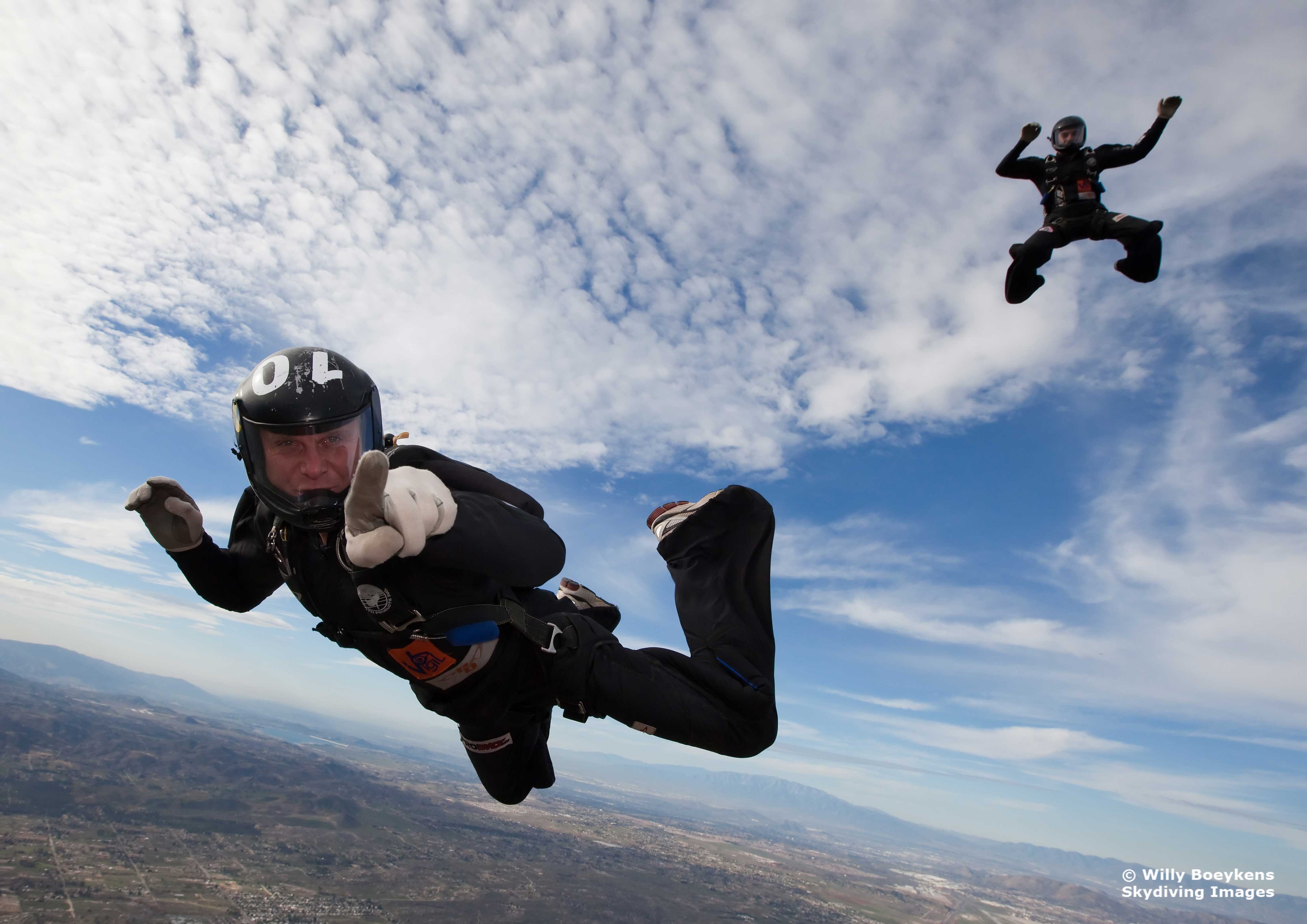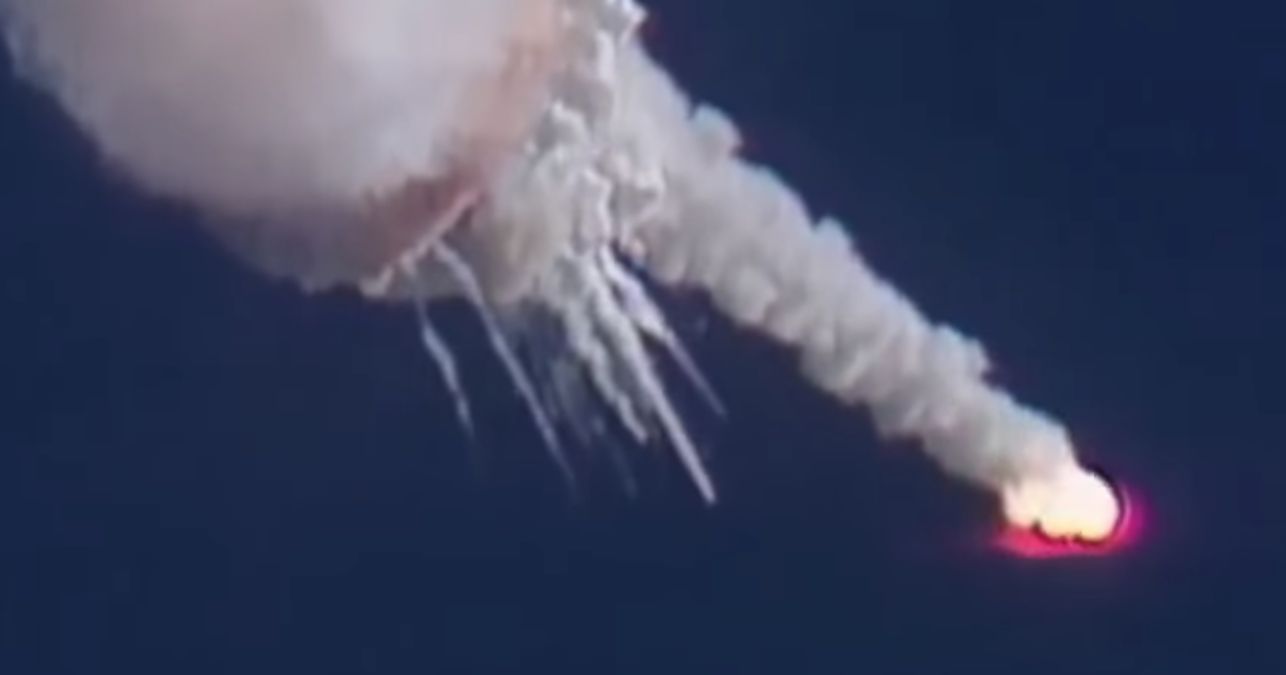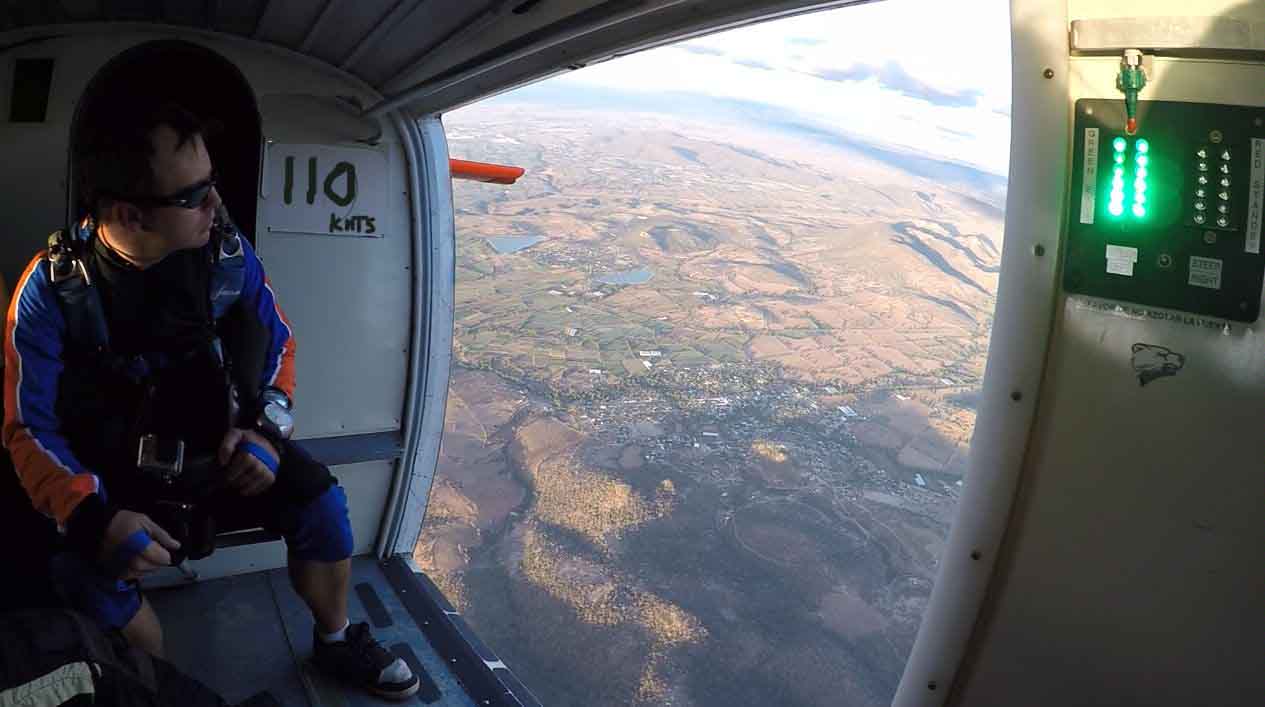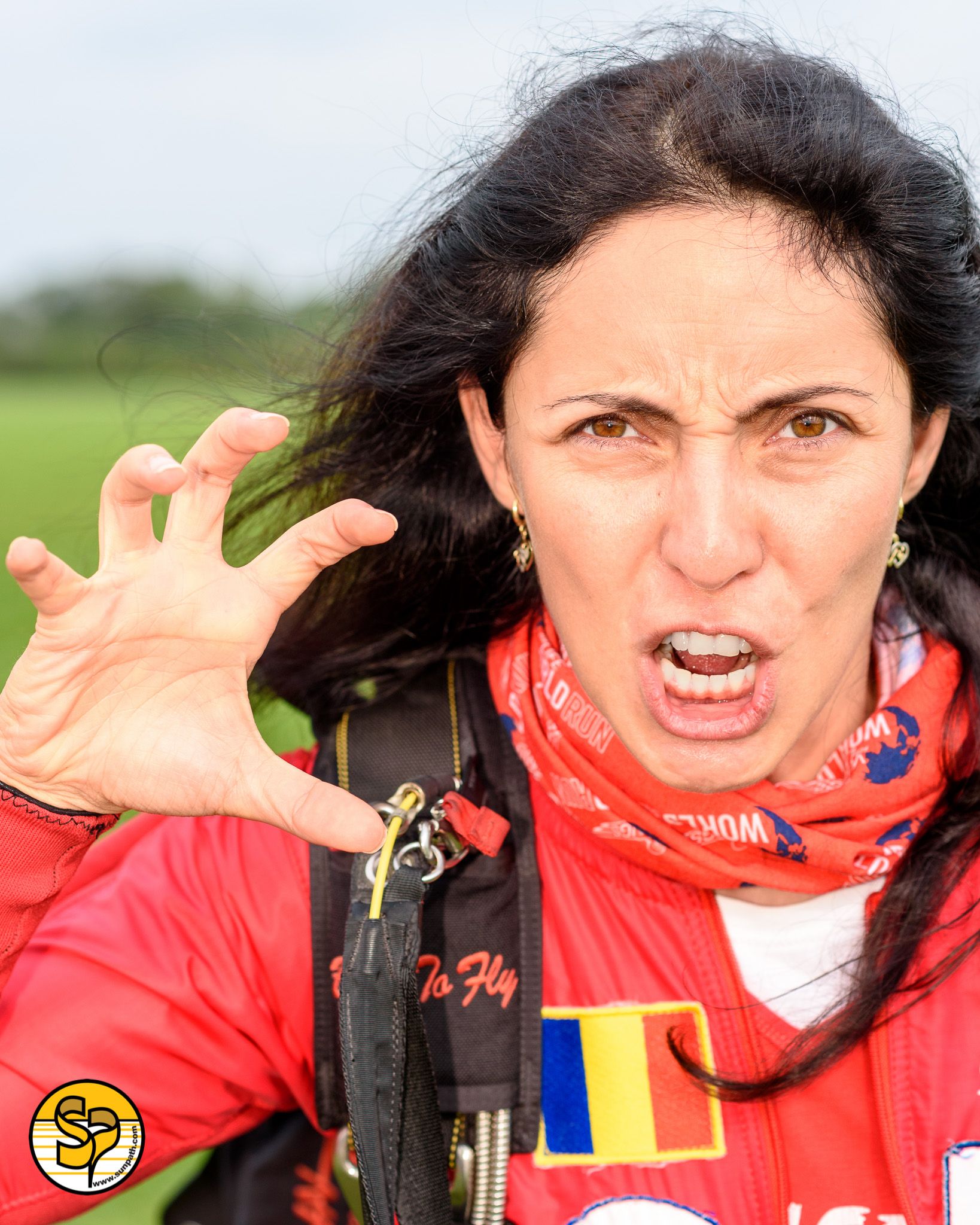
Normalization of Deviance – BEWARE!
Are YOU deviating from safe practice without even realizing?
On 28 January 1986 the space shuttle Challenger famously exploded soon after lifting off, killing the seven astronauts on board. Investigating sociologist Professor Diane Vaughan coined the phrase ‘normalization of deviance’ in her book, The Challenger Launch Decision: Risky Technology, Culture, and Deviance at NASA. This identified normalization of deviance as the root cause of the tragedy. Diane Vaughan defined it thus:
Normalization of deviance
“The gradual process through which unacceptable practice or standards become acceptable. As the deviant behaviour is repeated without catastrophic results it becomes the social norm.”
On one occasion you deviate from safe practice. You text while driving. Nothing bad happens so you do it again. By the third, fourth or fifth occasion the deviance has become the norm, the new ‘modus operandi’. You don’t even realize you moved your own goalposts.

Normalization of Deviance – NASA
In the case of the Challenger explosion there was a known fault with the putty in the O-rings of the solid rocket boosters (srb). During launch gases from the srb would pass through bubbles in the putty and burn the O-ring. NASA continued to fly missions with no bad outcome, so gradually accepted the notion that it was safe to operate without addressing the issue – ‘normalization of deviance’. During the Challenger launch the gases burned through the O-rings and ignited the main fuel tank.
Normalization of Deviance in Skydiving
In skydiving normalization of deviance can easily happen. We compromise safety by deviating from well proven systems. We are all taught acceptable, safe skydiving practices when we begin. As experienced jumpers it’s easy to cut corners – mostly for no reason other than overconfidence. But, as we all know, complacency can easily lead to tragedy…

Green Light
You’re the first group to exit, the green light goes on and you exit the plane without looking down. The spot is perfect and the jump uneventful. By a few more jumps you don’t even think of looking out the door; the pilot’s spots are consistently excellent. What if one day there is another aircraft directly underneath, or the spot puts your group in danger? If you were jumping near the sea you’d damn well look out the door!
Danger can strike at any time in our sport and usually when we least expect it. Deviating from established methods makes that danger more likely to do harm.
Are YOU guilty ? ….

In skydiving there are many examples… Do you recognize any of these?
If you don’t do a pin check…
before every skydive you’ve made a lack of gear check into acceptable behavior. The internet is littered with incidents that could have been prevented by a simple gear check.
You don’t wear your helmet…
on take-off. It’s hot. Nothing bad happens so you do it again. Soon you never wear your helmet on take-off – or strap it in.
If you pack yourself a step-through…
you have normalised deviance, you have not done a 4-line check.
You land the wrong way…
The wind has changed and so has the arrow, it’s now in the opposite direction. You mess up everyone else’s pattern, increasing the risk of collision or landing injuries. This only happened because complacency stopped you checking the arrow every jump after opening.
If you pull low …
consistently you’re normalizing this opening altitude.
If you party every Friday/Saturday night…
and skydive early the next day you’ve normalized jumping under the influence. We need all our faculties to be sharp to deal with any eventuality.
You jump through a hole in the cloud…
Everyone is fine. Some people tracked in cloud but were fine. You jump again through cloud, all day, like the rest of the dropzone. Soon you think of cloud-busting as normal.
You have a hard pull…
The pilot chute won’t come out. You try again, pulling harder and it slides out easily. Well if it came out the second time with no issue, that means you didn’t put enough effort into saving your life the first time. Has that become the norm? Do you always pull like you mean it?
If you haven’t gone through your emergency procedures for months, or been to Safety Day, you’ve normalised the absence of practice. The number one cause of USPA fatalities in 2017 was incorrect emergency procedures. Some of these people had normalized not practising their EPs.
Summary
If we want to skydive safely, we must maintain the discipline needed in relation to it on a day-to-day basis. We shouldn’t be okay with normalizing deviation.
Consider…
- Have you accepted some deviant behavior as normal practice?
- Can you see examples at your dropzone?
- Are there areas you can address before they bite?
Article inspired by La Normalización del “Desvío” en el Paracaidismo by Ricardo Pettana




